Now's Not The Time To Be Snobby About Wine
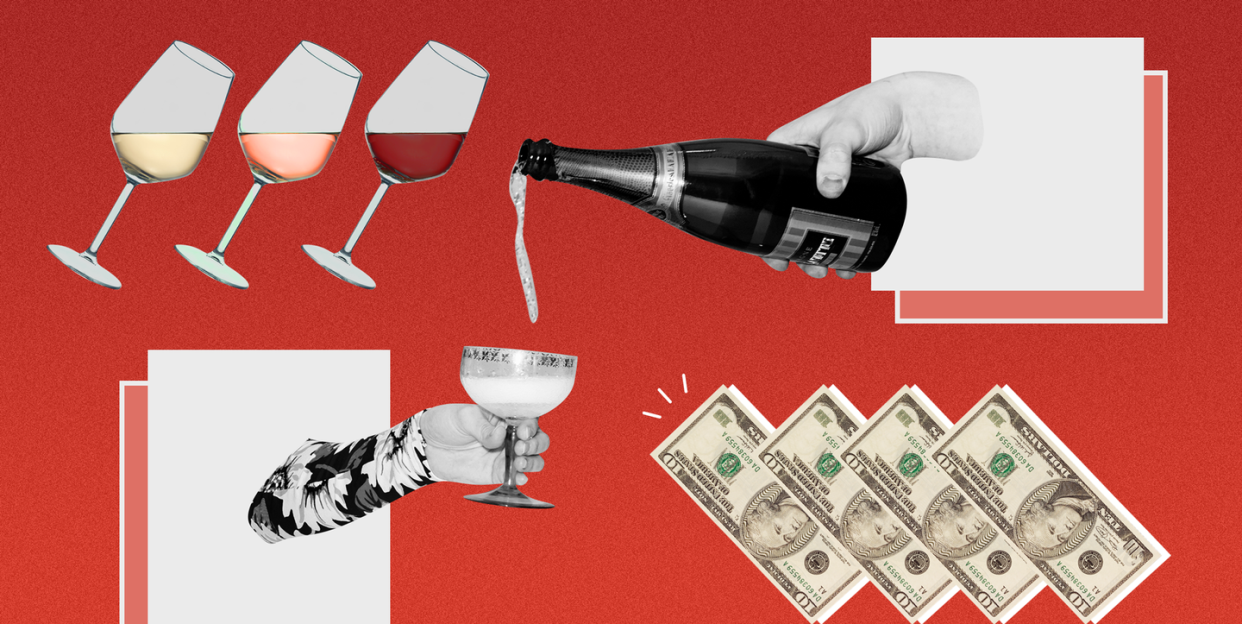
Picking out a bottle of wine can feel intimidating. Maybe it's the fact that many wine lists read like a book from your college European lit class—or that you've been out to dinner with one too many self-appointed "wine snobs" who only drink Bordeaux. The whole idea of drinking "good wine" sometimes seems like a rich man's sport, unattainable for those with an average bottle allowance of, eh, twelve bucks.
But here's where we change that mentality, beginning with the thought that cheap wine = bad wine. Because frankly, that's a load of BS, and there shouldn't be a wine professional in the world who tells you otherwise. A low price (which, let's say, is a $10-or-less bottle) doesn't connote low quality, sommelier and hospitality activist Ashtin Berry emphasizes: "The assumption that low-priced wines are mutually inclusive of being poorly made has to be challenged as [a] structure of class bias. When we perpetuate this myth, we play into the same system that also states people with low means have unrefined tastes."
It's a privilege to be able to evaluate whether or not to drink inexpensive wine—just like it's a privilege to be able to choose organic groceries over conventional ones or an expensive restaurant meal over a fast food one. Wine is, at the end of the day, a luxury, and it should feel like one to you. Does it bring you joy to stock up on two-buck Chuck or boxes of Franzia? By all means, y'all. Do what makes you happy.
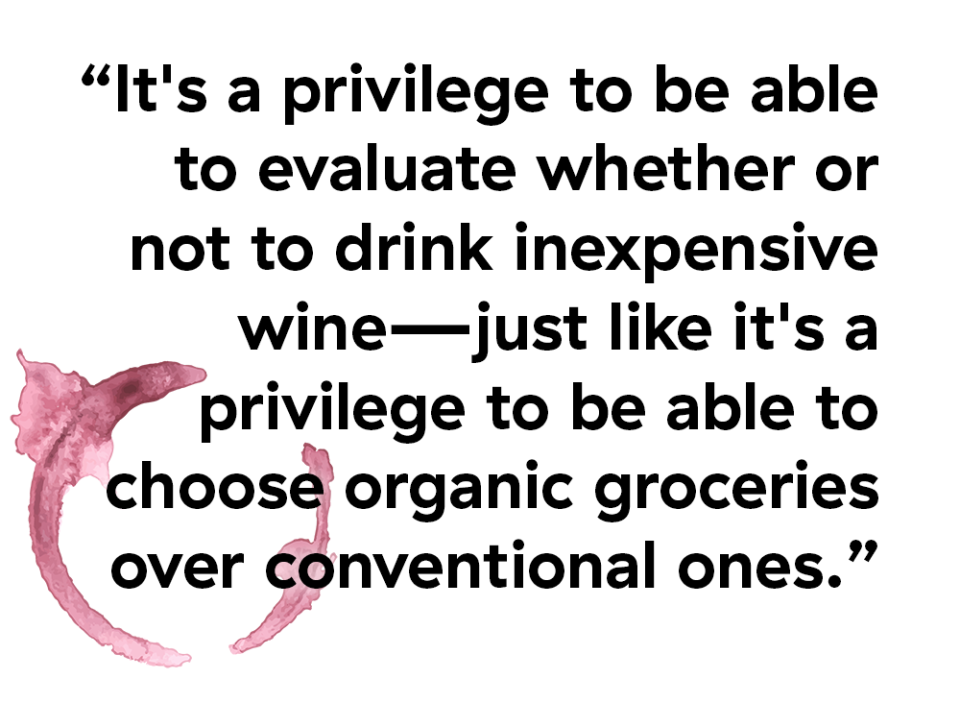
Christine Collado, wine director of Parcelle Wine and formerly of Chef's Table at Brooklyn Fare, and many of her cohorts aren't here to judge your budget or preferences. They too just want to make you happy: "[We] are first and foremost hospitality professionals. Especially in this climate, I think we have to take into account that people are going to be really sensitive to how they're spending their money. If they choose to spend it on wine, I really want to make sure that they are still getting something that's delicious, and great, and has a story, and is made in all the right ways, and comes from an interesting place."
If you do have the ability to make choices like opting for organic groceries and spending on nice restaurant meals, you may want to consider what's important to you before grabbing the next bottle on supermarket special.
If what you primarily care about is how your produce and meat are raised, remember that wine comes from grapes. Some producers farm their grapes organically (or otherwise more sustainably) than others. A more sustainable farmer might support an ecosystem in the vineyard that includes other plants and animals or give the grapes extra attention, trying to naturally fight off pests without spraying chemicals. Kimberly Scott, owner of The Wine Bottega in Boston, says, "Wine is a labor intensive product—it is the juice of berries that is then fermented. When you see organic berries at the supermarket, they are not cheap. Much in the way that we must be willing to pay more for meat, wine is a high-impact product."

Next question: Do you care more about what's actually in the food and drink you consume? If you're lucky, a bottle of wine is fermented grape juice and…not much else. That means the grapes have to taste good enough on their own to require little manipulation. While there's no definition of "good grapes," they can be more expensive because of organic farming practices or more labor or from factors like more desirable plots of land and older vines.
It's when the grapes taste just OK on their own that additives and treatments come in. Winemakers can use more than 70 of these to manipulate the flavor, texture, alcohol content (AKA the entire way a wine tastes) without indicating this anywhere on the label. Mega Purple, powdered tannins, and reverse osmosis are a handful of ways that producers can essentially build their own wines off a base of mediocre grapes, and you can bet these methods are more cost-effective than exacting farming practices or land choices. That means there's little incentive for large corporations to optimize for great-tasting grapes...meaning the cheaper your bottle, the more likely you're drinking stuff that's not pure grape juice.
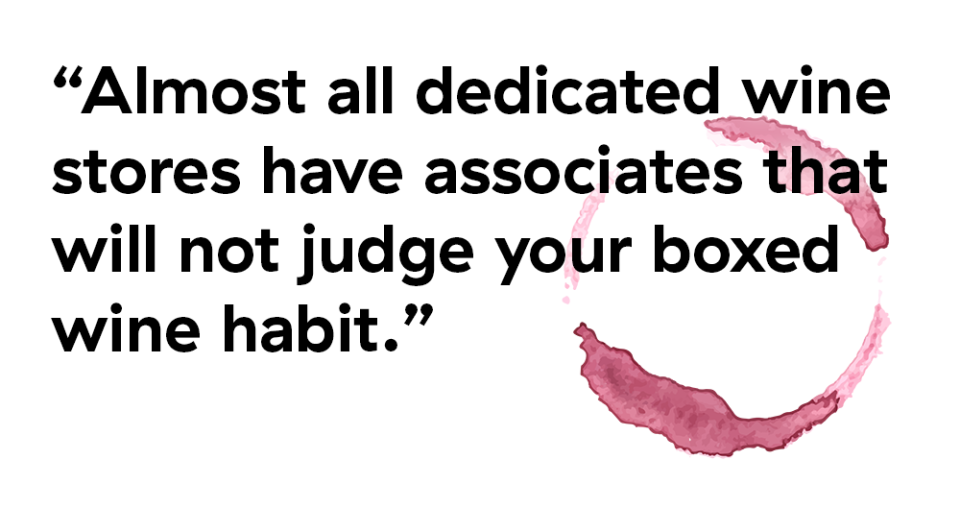
To that end, if you like to support smaller businesses (a lovely thing to do, if you're able and willing), you might want to think outside the labels you buy regularly. Larger conglomerates are generally represented on the shelves of grocery and liquor stores because they have wide distribution. You've probably seen the same labels at chains across the country—including at restaurants—because these wines are mass-produced. Wineries making under 10,000 (or even 20,000) cases of wine per year are solidly small-to-medium-sized businesses whose distribution doesn't land them in large chains.
For many of these family-run operations, there are plenty of costs besides those associated with farming and choosing good grapes. Glass bottles and oak barrels can add several dollars to the cost of each bottle, not to mention production facilities, labor for making the wine, and a host of other expenses. Therefore, some wines under $10 have to take a shortcut in one or more of these areas.
That isn't cause to panic: There are plenty of amazing wines in all price ranges that you can feel good about buying. The places to get the best bang for your buck are shops that focus exclusively on wine. Almost all dedicated wine stores have associates that will not judge your boxed wine habit and just want to help you find something you'll love—including better wines in a box, if that really is your jam. "We always have a nice set of options for between $15 and $20 a bottle—it's an entire area of our shop—and some boxed options bring it to around $11 a bottle, because packaging easily adds $3 to the cost of bottles," says Scott.
Americans spend about $8 per bottle—a fact most wine professionals know—so be honest. Tell the wine store associate what you like or don't like, what your budget is, and what you're hoping to try—whether that's wine from a smaller, family-run operation; an organic wine; or simply something new and different. Snapping photos of wines you've enjoyed in the past is an added bonus.
But what about restaurant wine lists? They're more pared down than the collection at a wine shop—but that almost makes it scarier. Not all restaurants are as focused on wine as you think they are, though. Clues that they care more than others are dedicated wine lists separate from the food menu, the existence of a sommelier, and/or a "point of view" about their wine program, like, "We focus on wines from lesser-known regions of Spain." (You'll usually find that written somewhere on the wine list.)
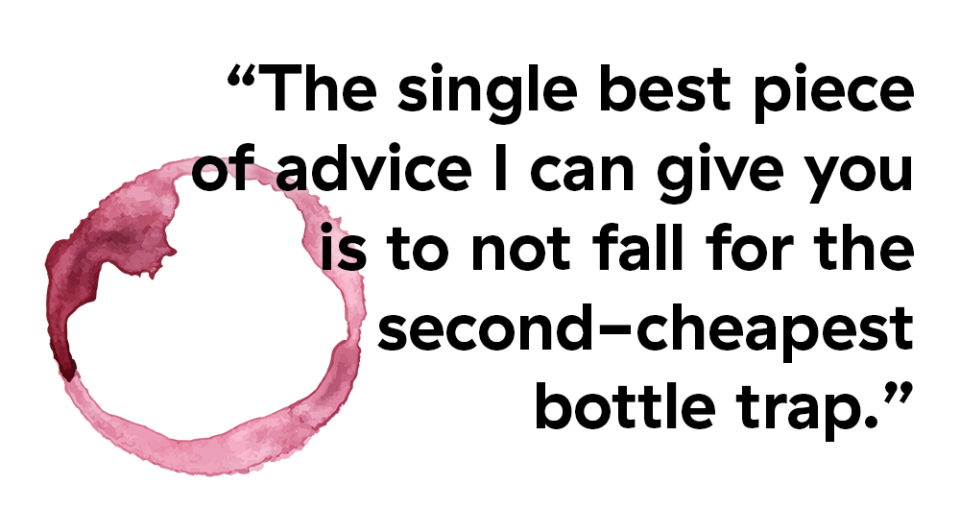
At a restaurant where the wine program is emphasized, have a conversation with the sommelier, even if you know absolutely nothing about wine. It'll benefit you.
Collado says: "I remember being on the floor at Daniel or Brooklyn Fare where people were like, 'Hey, this is a special occasion for us,' and that's all they really needed to say because I could see the anxiety in their eyes, and I would just calm them down by saying, 'Let's work within whatever boundaries you want to. I'm hopefully going to excite you and give you something that's different, but in terms of price point and comfort, don't worry about that, because there are plenty of options.' A lot of great sommeliers are paying attention to wines listed for under $65, and they should be, because they're reflective of the everyday person who's perhaps experiencing not the everyday meal, and that's always been my approach."
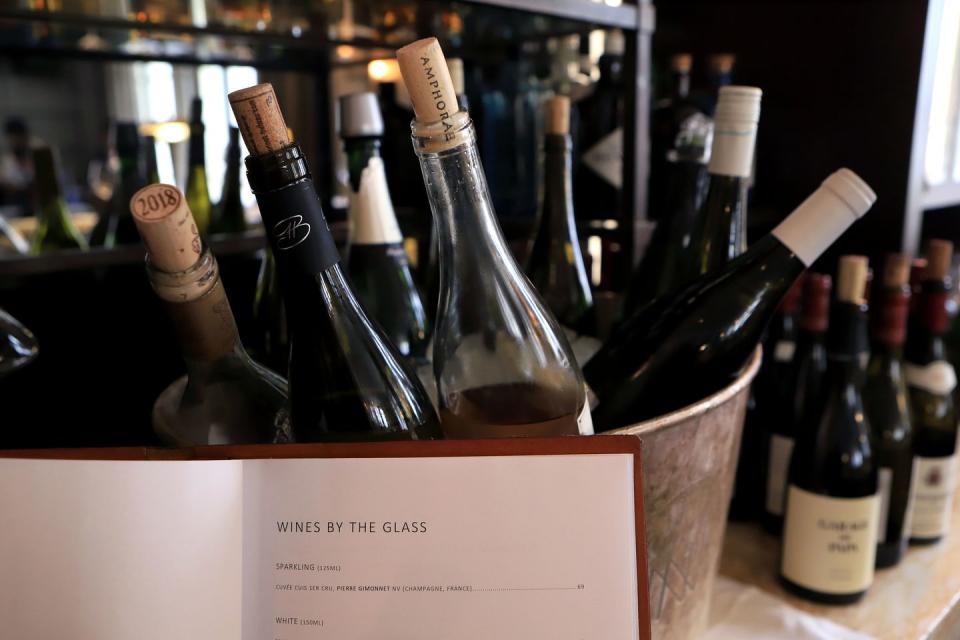
Josh Ardizzoni, Sommelier of Restaurant Marcel in Atlanta, doubles down on that, insisting a somm's purpose "is to offer a differentiated and personal experience to the guests; like the Chef infuses a culinary perspective into a menu, the sommelier lends point of view to the wine offerings. It's less about trying to upsell into a fancy bottle and more about listening to choose the right bottle."
If a restaurant doesn't emphasize its wine program, your best bet may be whatever it actually does focus on. But if you want wine anyway, then my official tip is this: Do not be afraid to just order the cheapest bottle in a category you're feeling or to tell the server your budget and ask for a recommendation.
The single best piece of advice I can give you (seriously, if you walk away from this story with one nugget of knowledge, let it be this) is to not fall for the second-cheapest bottle trap. Especially at non-wine-focused restaurants, the second-cheapest bottle is often a worse value than the cheapest one. They know you're more likely to order it, not wanting to look like that person who ordered the cheapest option. Hold your head up high and order what you want: It may even be a better wine.
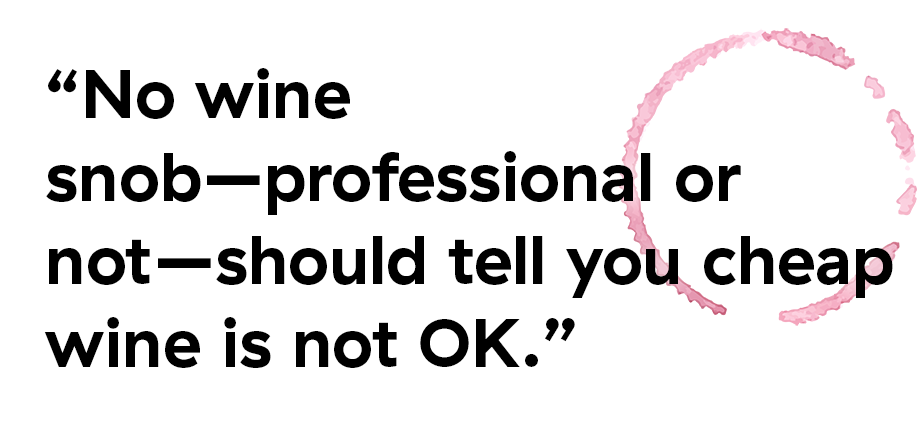
If anyone, especially a professional, does turn up their nose at your choices, Berry wants to remind them of this: "It's important to remember that wine is still a business and ecosystem. There can be no hierarchy of wine without wines of lesser quality or price. We must always be negotiating what is accessible...while simultaneously questioning our assumptions about who should be drinking what."
Moral of the story? Everyone starts somewhere. Drink whatever you can afford and whatever makes you happy. But consider buying it at local wine shops. And don't be afraid to tell those shops and restaurants what you're comfortable spending. Lastly, if you're able to support smaller or more sustainable businesses in the process, even better. Either way, no wine snob–professional or not–should tell you cheap wine is not OK.
Art By Alexandra Folino
You Might Also Like

